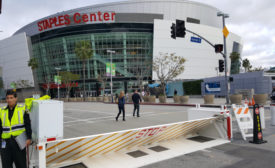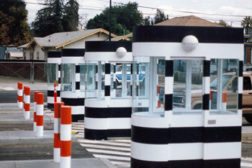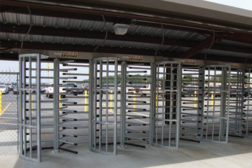Home » Keywords: » barriers
Items Tagged with 'barriers'
ARTICLES
Tailgating: A Common Courtesy and a Common Risk
A recent survey of enterprise security executives offers remarkable perceptions about the risk of tailgating.
September 13, 2019
Sign-up to receive top management & result-driven techniques in the industry.
Join over 20,000+ industry leaders who receive our premium content.
SIGN UP TODAY!Copyright ©2024. All Rights Reserved BNP Media.
Design, CMS, Hosting & Web Development :: ePublishing








